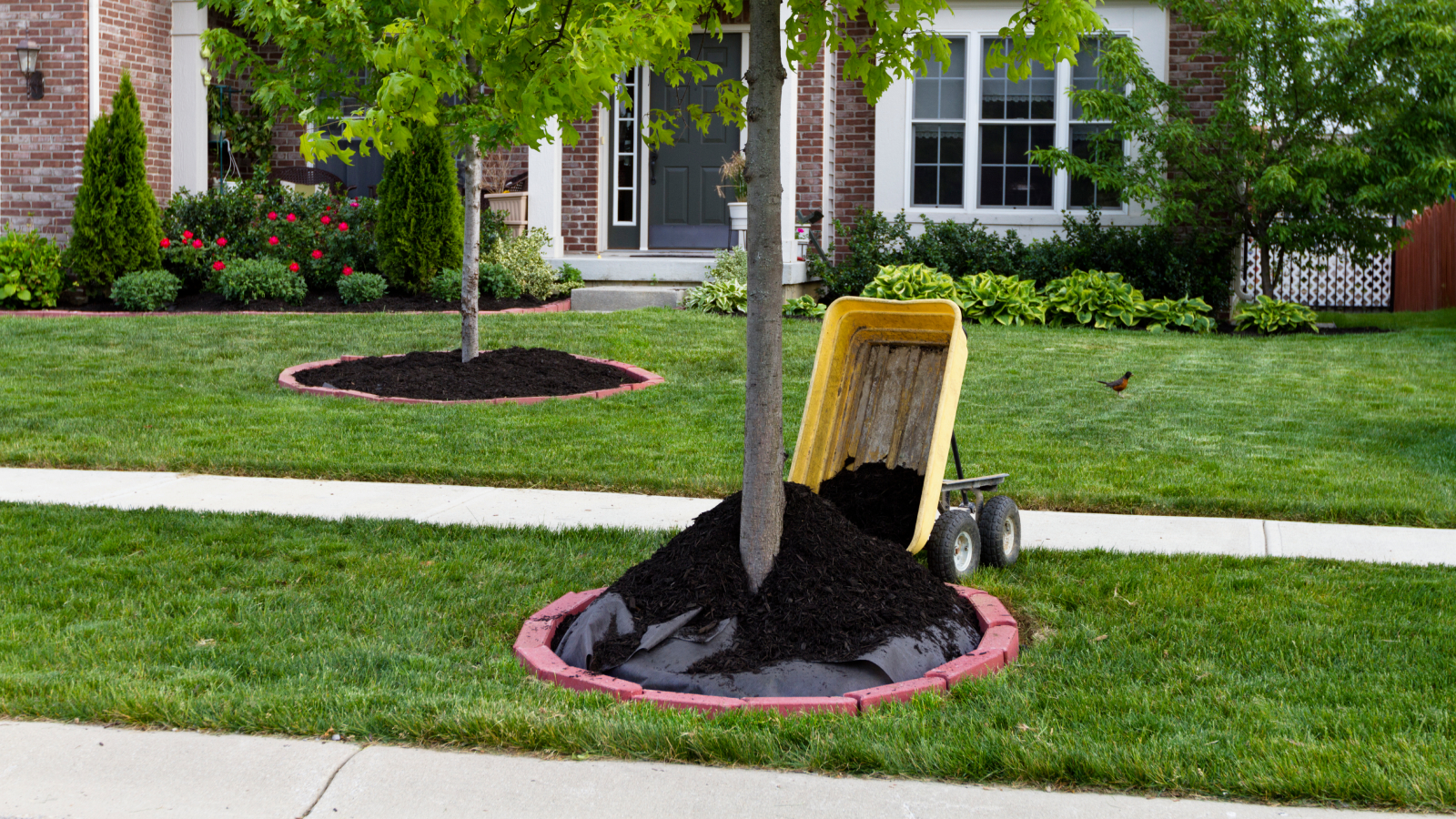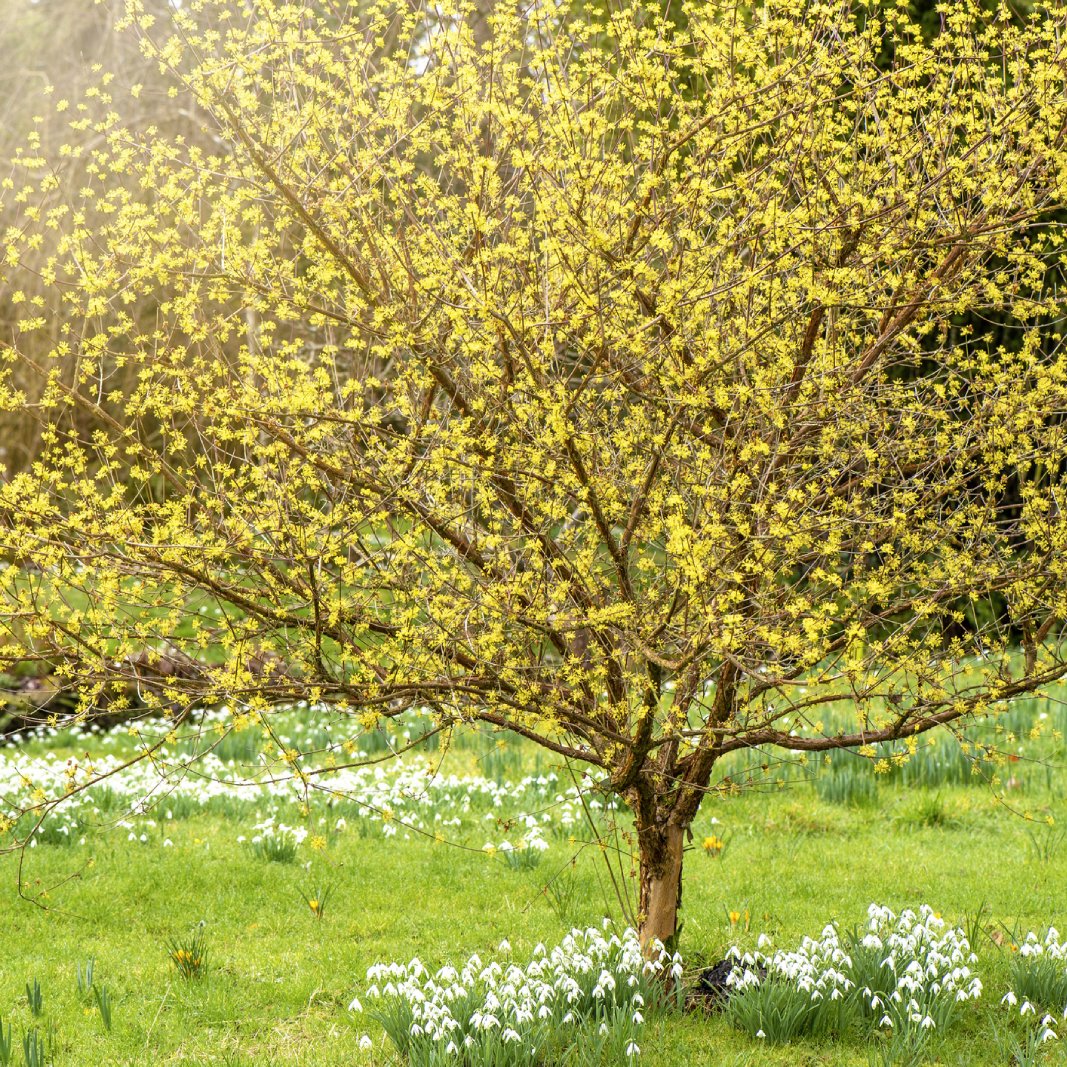7 Common Tree Care Mistakes That Kill Trees & How To Avoid Them For Long-Lasting Plants
Are you accidentally killing your tree? It's easier than you think, if you're committing one of these common mistakes. Here's what not to do for healthy trees.


Killing a tree is the farthest thing from homeowners' minds as they tend to their beloved landscape plants. Yet, common tree care mistakes can be deadly, no matter how well-intentioned. And we aren’t just talking about topping a tree. Improper tree care can lead to stress and eventual death of your tree. Let's take a look at some of the worst things you can do to a tree in your landscape and how to avoid these easy blunders.
Most Common Tree Care Mistakes
Are you making serious mistakes with your trees? Read on for a list of the 7 most common tree care practices that can cause serious problems or even tree death.
1. Choosing the Wrong Species
Selecting the right tree for the right place is essential. Consider both the mature height and width of any trees you may plant, as well as the preferred soil type and exposure. Select species and varieties suited to your area, picking those that are resistant to common insect and disease pests.
2. Poor Planting Practices
Tree planting mistakes are some of the most common problems for home gardeners. The old saying goes, "Dig a $10 hole for $1 plant." Though most trees cost more than a dollar nowadays, the principle still applies. Don't skimp on the planting process because that's what sets your tree up for success.
When you dig a planting hole, bigger is not necessarily better. A planting hole should be several times as wide as the root ball but no deeper than the root ball. Amend the soil first if it is heavy clay or sand and make sure that the first level of primary lateral roots are at or near the soil surface.

3. Restricting Root or Trunk Growth
For a tree to grow, its roots must expand and its trunk must enlarge. Some plants are sold with burlap or wire around the root ball or wire tags around the trunk. It is essential to remove these restrictions before planting. If you forget, the root ball will not be able to sustain a growing tree, and the tag might strangle the trunk growth.
4. Improper Staking
To stake or not to stake? That is the question. Some experts advise against it but there are valid reasons for using this planting practice in areas of high winds if the site is not protected. Don’t try to eliminate all movement of the trunk or foliage, though. Rather, the goal is to prevent the root ball from rocking back and forth in the wind, damaging new roots. All staking material should be removed after a year.
Sign up for the Gardening Know How newsletter today and receive a free copy of our e-book "How to Grow Delicious Tomatoes".
5. Too Much or Too Little Water
In these times of drought, the danger of too little water for trees is well known. Every tree has different water needs and must have those needs met to thrive. Occasional deep watering is preferable to multiple superficial watering. Too much water can kill a tree faster than too little by suffocating the roots. More newly planted trees die from too much water than not enough, often in heavy clay soils.

6. Too Much Mulch
A layer of mulch is beneficial for trees since it protects tree roots from extreme weather conditions, prevents weed growth, and preserves soil moisture. In fact, mulching is often necessary. However, using too much mulch can cause problems as well. Overmulching can hold excessive water around the roots or make it impossible for water to penetrate down into the roots. The layer of mulch shouldn’t be deeper than one inch (2.5 cm.) near the trunk but can be up to 4 inches (10 cm.) toward the outside.
7. Topping Trees
Cutting off the top of a "too tall" tree seems like a simple solution to the height problem, but this is one of the worst tree care mistakes you can make and a very easy way to kill a tree. You should never, ever top a tree. This practice creates an unattractive specimen and kills branches, shortening the tree’s life. And ultimately, it does not limit the size of the tree. Your tree will keep sending out new, unruly shoots that will grow back to the original height.
Take care when selecting a tree to avoid planting tall trees under utility lines, awnings, or close to the premises. If you don't have the space for a large tree, choose a smaller specimen that fits your landscape.
Avoid Other Common Gardening Mistakes
- Our team of experts share their most embarrassing gardening blunders. Find out what mistakes to avoid by learning from their past faux pas.
- Almost all beginner gardeners make these common mistakes. Bypass these easy missteps and start growing like a pro!
- Don't sacrifice summer blooms! Avoid basic hydrangea care mistakes for more flowers on your favorite shrubs.
- Set yourself up for success with expert-approved seed starting essentials now available in the Gardening Know How Shop.
This article features products available from third party vendors on the Gardening Know How Shop. Keep in mind that our plant inventory is limited - so if you’re thinking of purchasing, don’t wait!

Teo Spengler is a master gardener and a docent at the San Francisco Botanical Garden, where she hosts public tours. She has studied horticulture and written about nature, trees, plants, and gardening for more than two decades, following a career as an attorney and legal writer. Her extended family includes some 30 houseplants and hundreds of outdoor plants, including 250 trees, which are her main passion. Spengler currently splits her life between San Francisco and the French Basque Country, though she was raised in Alaska, giving her experience of gardening in a range of climates.
